2019 60 Day Yoga Challenge

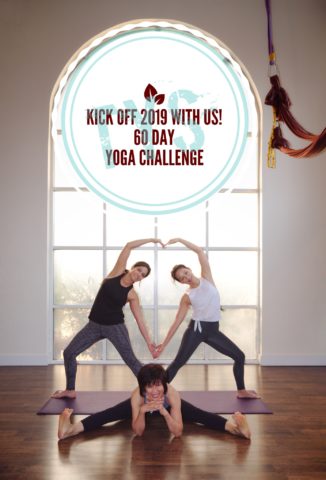 We invite you to join us in TYS’s 60 Day Yoga Challenge to #CommitToYou!
We invite you to join us in TYS’s 60 Day Yoga Challenge to #CommitToYou!
Start 2019 by committing to you and your self-care, and making your physical, mental, and spiritual health a priority. When you commit to YOU, you are building a strong foundation for yourself, which will empower you to better achieve your personal goals, as well as support and serve your family, friends, community… even the world.
Don’t forget to tag us at The Yoga Studio with #tyscampbell and #CommitToYou on your social media to update us on your journey for self-care!
PRIZES:
First Prize: The one student with the most points at the end of the challenge will win our grand prize. A drawing will be held if there is a tie for the highest points:
Second Prize: The next five students who earned the most points will be entered into a raffle for a prize basket:
Runner-up: You can win free classes just by participating:
1 free class with 25 points
HOW TO PARTICIPATE:
Pick up a challenge card at the front desk. Please don’t lose your card! Earn points by attending yoga classes at TYS™ (1 point per class). Points count even for classes attended on the same day! Each time you earn a point, add a sticker in the appropriate grid on your challenge card.

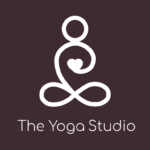 One of the most important things prior to opening The Yoga Studio in September of 2010 was to design and create our logo, the symbol that represents who and what we stand for. I remember staring at a blank sheet of paper wondering where and how I should begin. I took the first step by writing down H.A. Wong LLC dba The Yoga Studio. Most people know us as The Yoga Studio, some may recognize us as H.A. Wong LLC. In case anyone wonders who is H.A. Wong, that is my late father, who I always keep in my heart. My father used to teach me things through parables, and I loved his stories and try to pass them down to my own daughter. I decided to tell a story through the logo. The logo that started it all for us told a story of a “new journey”. Over time our story has changed and I felt it was time to update our story through a new logo. I went through 3 designers and 4 completely different iterations to finally come up with a logo that represents our new story. I am happy to unveil our new logo, which tells a story of complete and infinite love, which is what we should always feel when we are on the Yoga mat.
One of the most important things prior to opening The Yoga Studio in September of 2010 was to design and create our logo, the symbol that represents who and what we stand for. I remember staring at a blank sheet of paper wondering where and how I should begin. I took the first step by writing down H.A. Wong LLC dba The Yoga Studio. Most people know us as The Yoga Studio, some may recognize us as H.A. Wong LLC. In case anyone wonders who is H.A. Wong, that is my late father, who I always keep in my heart. My father used to teach me things through parables, and I loved his stories and try to pass them down to my own daughter. I decided to tell a story through the logo. The logo that started it all for us told a story of a “new journey”. Over time our story has changed and I felt it was time to update our story through a new logo. I went through 3 designers and 4 completely different iterations to finally come up with a logo that represents our new story. I am happy to unveil our new logo, which tells a story of complete and infinite love, which is what we should always feel when we are on the Yoga mat.
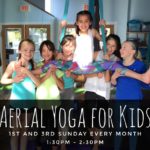 What is Kids’ Aerial Yoga?
What is Kids’ Aerial Yoga? What are therapy balls?
What are therapy balls?
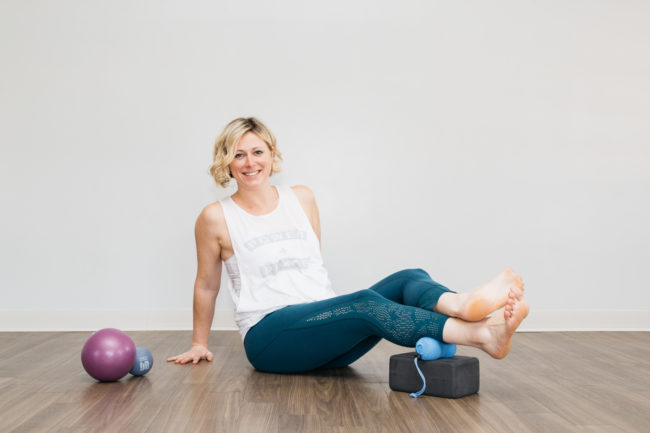
 I had the opportunity to chat with Bri, one of our teachers at The Yoga Studio, and got to sit down and learn more about the impact yoga has had on her life.
I had the opportunity to chat with Bri, one of our teachers at The Yoga Studio, and got to sit down and learn more about the impact yoga has had on her life.
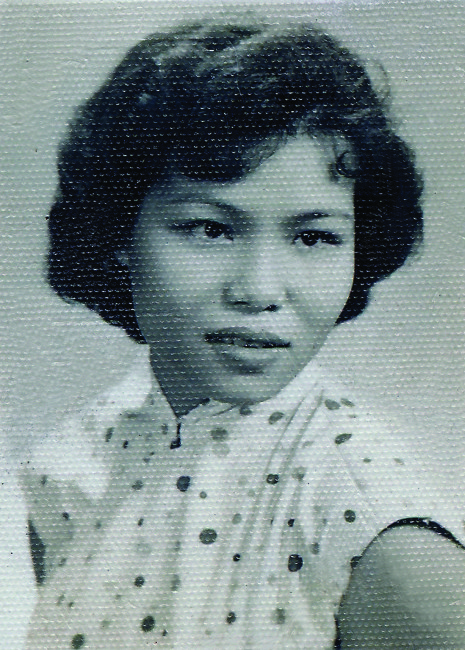 If I ask you the question of what moves your blood through your circulatory system, your answer likely would be your heart. Let’s ponder that answer for a moment. If our heart is solely responsible for moving our blood through our circulatory system, then something doesn’t add up. For one, the movement of our blood through our system was happening during the embryological development. The movement was there before our heart showed up.
If I ask you the question of what moves your blood through your circulatory system, your answer likely would be your heart. Let’s ponder that answer for a moment. If our heart is solely responsible for moving our blood through our circulatory system, then something doesn’t add up. For one, the movement of our blood through our system was happening during the embryological development. The movement was there before our heart showed up.